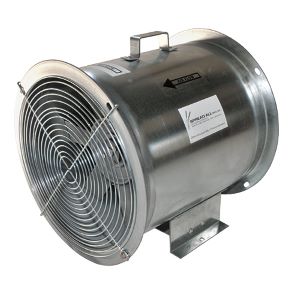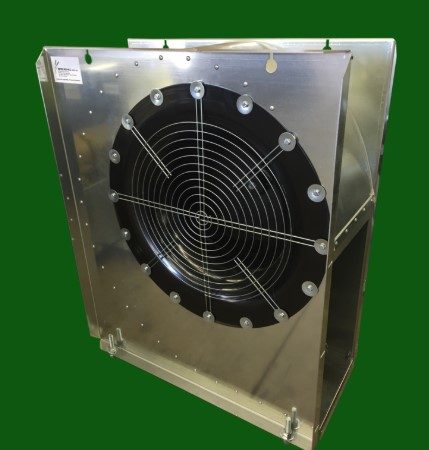The biggest difference between centrifugal and axial fans is their blade angle. A centrifugal fan will have blades angled in different directions for different flow and pressure purposes. Centrifugal fans can produce a high-pressure airflow, based on how the blades are angled. The blades of an axial fan are in line with the axis, which provides a larger low-pressure airflow.
The design of an axial fan means that they are a lot noisier than centrifugal fans. Depending on size and application, some axial fans require silencers to dull the noise they create. This differs from centrifugal fans, which are a lot quieter and have no need for any noise-reducing equipment
Choosing between the two fans is dependent on the task or project at hand.


